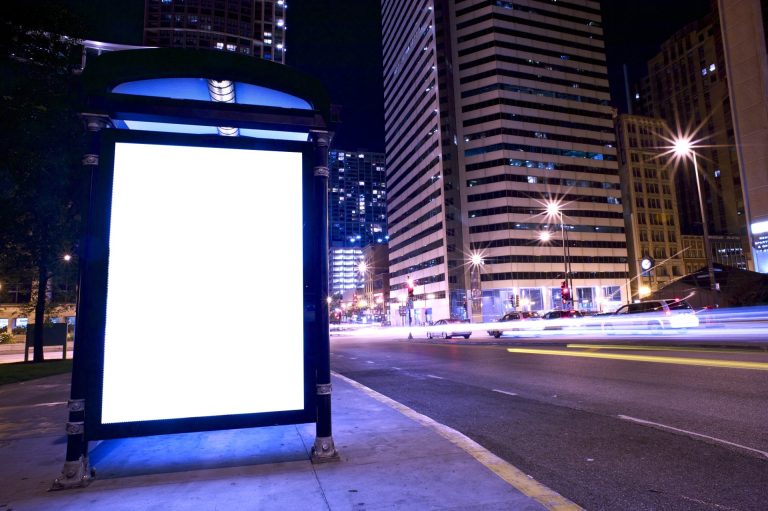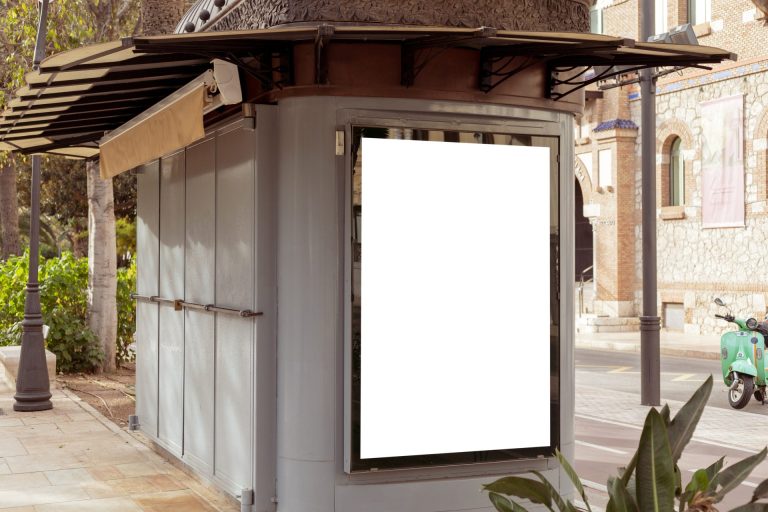In an age dominated by digital clicks and online metrics, Out-of-Home (OOH) advertising remains a powerful tool for building brand visibility and driving engagement—especially in high-traffic urban hubs. But how do you truly measure its return on investment (ROI)? Unlike digital ads, which offer real-time analytics, OOH ROI can be more nuanced.
Why OOH ROI Is Worth Calculating
OOH campaigns may not generate immediate clicks, but they:
Drive brand awareness
Influence consumer behavior
Trigger online searches (boosting SEO)
Complement digital and mobile strategies
According to Nielsen, 46% of adults searched for a brand online after seeing an OOH ad. Measuring ROI helps justify spend, optimize media planning, and demonstrate the true value of your outdoor strategy.
Step-by-Step: How to Calculate ROI for OOH Advertising
Step 1: Set Clear Campaign Objectives
Before launching your campaign, define:
What does success look like?
Increased website traffic?
Higher footfall at a retail location?
More app downloads?
Lead generation?
These goals shape the KPIs you’ll track.
Step 2: Know the Basic ROI Formula
At its core, ROI is:
ROI = (Net Profit from Campaign – Campaign Cost) ÷ Campaign Cost × 100
This gives a percentage return. For example:
You spend $20,000 on a billboard campaign.
It generates $50,000 in net profit.
ROI = (50,000 – 20,000) / 20,000 × 100 = 150%
But how do you trace revenue directly to a billboard? That’s where tracking tools come in.
Step 3: Use Attribution Tools to Track Impact
While OOH doesn’t provide direct clicks, there are ways to measure engagement:
✅ Unique Landing Pages or URLs
Create campaign-specific URLs (e.g., yoursite.com/burjdubai) to track visitors who came directly from seeing your billboard.
✅ Promo Codes or QR Codes
Add unique, trackable discount codes or QR codes to each location. You’ll know exactly which ads drove conversions.
✅ Mobile Location Data
Partner with OOH providers using geofencing and mobile data to track when users exposed to your ad later visit your store or website.
✅ Search and Social Uplift
Use tools like Google Analytics to monitor spikes in branded search terms, web traffic, or social media mentions that align with the campaign duration.
✅ Call Tracking
Use unique phone numbers on outdoor ads to track calls and inquiries directly generated by your campaign.
Step 4: Assign Value to Actions
Once you’ve collected data, assign a monetary value to each conversion:
A store visit worth $50
An app install worth $20
A lead worth $150
Multiply by the number of actions driven by your OOH ad to calculate your return.
Step 5: Factor in Brand Lift & Long-Term Value
Not all ROI is immediate. OOH campaigns often lead to:
Increased brand recall
Higher trust and perception
Future conversions
Consider tools like brand lift surveys, or measure sales growth over a longer period.
Pro Tips to Maximize OOH ROI
✅ Choose high-impact locations: High-traffic areas like highways, malls, or transit hubs maximize impressions.
✅ Use creative A/B testing: Run different messages in different locations to identify which performs best.
✅ Integrate with digital: Retarget mobile users who’ve been exposed to your billboard for a full-funnel strategy.
✅ Work with your OOH provider: Many offer real-time footfall, exposure, and dwell-time data to enhance tracking.
Conclusion: ROI Isn’t Just Numbers—It’s Insight
OOH advertising is far from guesswork. With the right mix of technology, tracking, and strategic planning, you can calculate ROI as effectively as in the digital world. Whether you’re targeting tourists in Downtown Dubai or commuters on Sheikh Zayed Road, your OOH investment can be both measurable and profitable—when done right.










